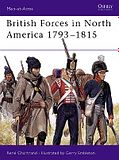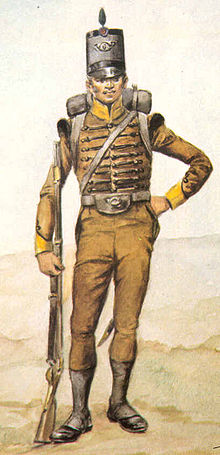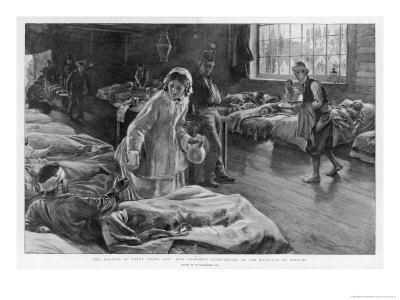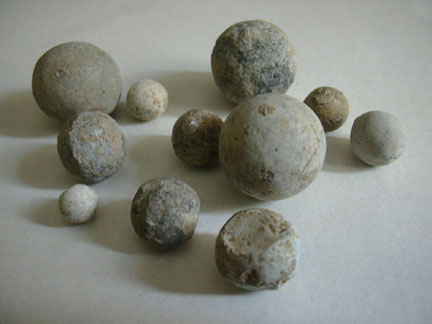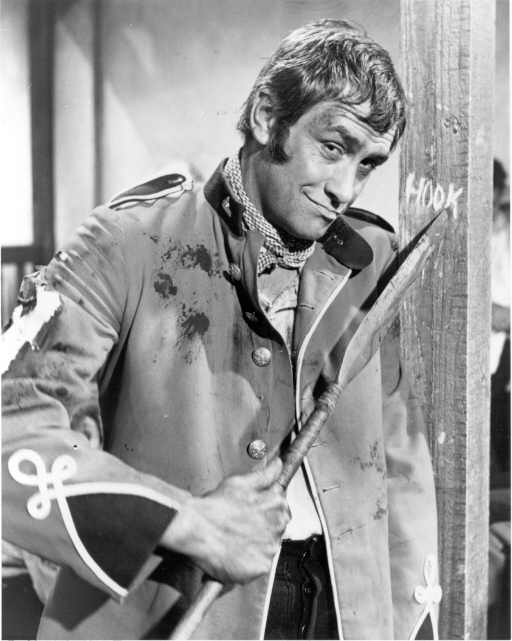
The 22ieme Ligne deployed as three Command & Colours: Napoleonics units.
Like Bob and Donogh I'm a fan of the Command & Colours series.
I have been waiting for Command&Colours: Napoleonics for quite some time. I've preordered the game. Now naturally, being a wargamer I have very little inclination or desire to play the game as produced. Fortunately, those kindly souls at GMT games have made a unit list available, so I can get weaving on getting figures ready for all of these chaps.
When my chum Gorman is hanged, Eric Hotz will be the tardiest chap who ever promised me a game mat. I have no doubt that it will eventually arrive, but I am beginning to wonder if my grandchildren will want to play with it.
Looking at the list below and working on the basis that I want to keep as many figures on the table for as long as possible, I plan to use sixteen men per infantry unit, eight per cavalry unit and one gun per artillery unit. Supernumery figures, officers, sergeants, pioneers and other such harmless persons will indicate the actual strength of the unit.
Looking over the list, I'm considering my options.
Line Infantry -10 units - 40 blocks
No problem then, I have plenty of French infantry, both in shako and bicorne. An officer, a sergeant and a drummer will be used to indicate the current strength of the unit.
Light Infantry - 5 units - 20 blocks
Slightly more problematical, I have sufficient figures to field three units of the 3ieme Irlandaise who were light infantry, but an entire brigade of Irishmen might be overegging the pudding somewhat. I think the simplest solution is to put together another battalion of light infantry, which would give me three Command & Colours units.
Grenadier Infantry - 1 unit - 4 blocks
I have some Grenadiers in bicornes, chaps with red epaulets and moustaches. They should do the trick.
Young Guard Infantry -1 unit - 4 blocks
No idea what to use for these, the Imperial Guard never saw much service in Spain, so I'm not really familiar with them. I shall have to consult my sources.
Old Guard Infantry - 1 unit - 4 blocks
I could put it down to reverse snobbery or just plain laziness, but I don't actually have any chaps in bearskins. Zvesda do a beautiful set, but I would have to buy multiple sets to get even a single unit in one pose. Newline Designs I think.
Militia Infantry - 2 units - 8 blocks
This is a hard one, I thought about using my bicorne chaps, but that doesn't really make sense. I suppose I could convert a few other ranks so that they're wearing tophats or clogs or something equally unmilitary.
Light Cavalry - 3 units - 12 blocks
I have sufficient Chasseurs and Hussars to cover these requirements twice over.
Heavy Cavalry - 2 units - 8 blocks
I have a Charge! style regiment of 13ieme Cuirassiers, which should do nicely with an extra unit to spare.
Guard Heavy Cavalry - 1 unit - 4 blocks
I have no idea what I should use for these chaps, time to consult the Osprey and make another call to Newline I think.
Foot Artillery - 3 units - 9 blocks
I can use my magnificent Zvesda French Foot Artillery. No problems here, I may have difficulty fitting limbers on the field. I think what I will do is have the number of blocks represented by the number of crew and leave the gun model on the table when the unit is wiped out.
Horse Artillery - 2 units - 6 blocks
I have a ESCI Horse artillery set somewhere that I'll have to put together. Unpainted of course,
Leader - 4 blocks
I have a variety of mounted French officers, though since the game includes a Waterloo scenario, I suppose I shall have to paint up my model of the Corsican Ogre himself.
It must be said, despite a few niggling little gaps, I am in good shape and should be able to play the game with miniatures as soon as it arrives.
Next: The Pork & Beans.
 At them with the Bayonet The First Anglo-Sikh War 1845-1846
At them with the Bayonet The First Anglo-Sikh War 1845-1846

































